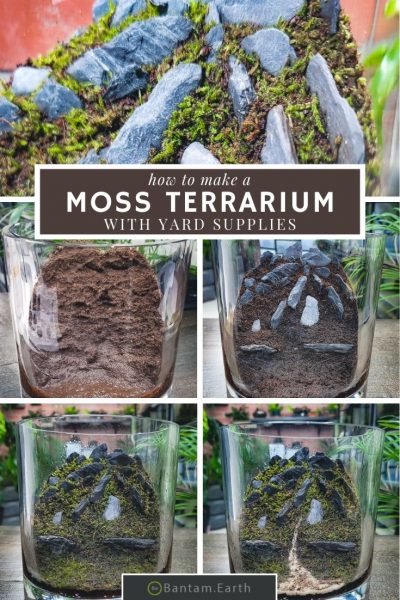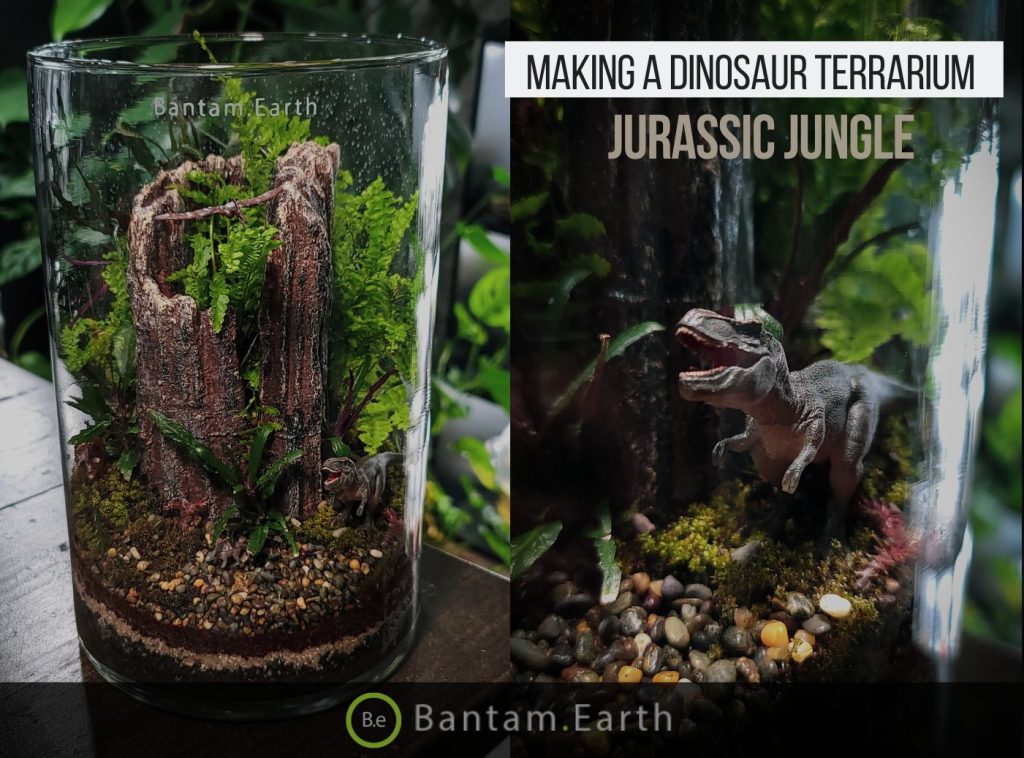Here it is, a moss terrarium jar made from yard material. This is the third and final tutorial from the mossarium challenge one of you guys gave me earlier this month.
To fill everyone else in, the terms were to make three different moss ecosystems using materials in or around my house. One ecosystem would be fully aquatic (moss aquarium)… Another would be non-aquatic (moss terrarium)…
The final would be semi-aquatic or an aqua terrarium (moss paludarium)… With time being limited, It’s still really hard for me to turn down challenges.
Especially when I can find an opportunity to give value from it (Like in the form of these tutorials.) So, here it is and I hope you guys like it.
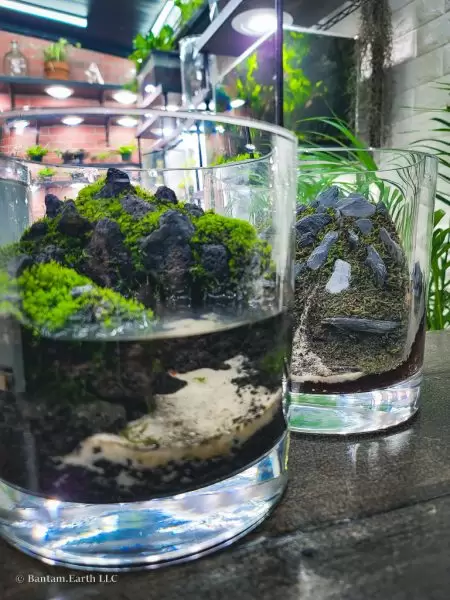

Table Of Contents:
ToggleMoss Terrarium
Moss terrariums are enclosures that exclusively use moss as the tank’s decorative plant. Careful consideration of non-aquatic mosses is chosen to stock the landscape.
These landscapes are often modeled after a real-life habitat. These terrariums are designed with the moss’s care needs in mind often leading to a bright, humid environment.
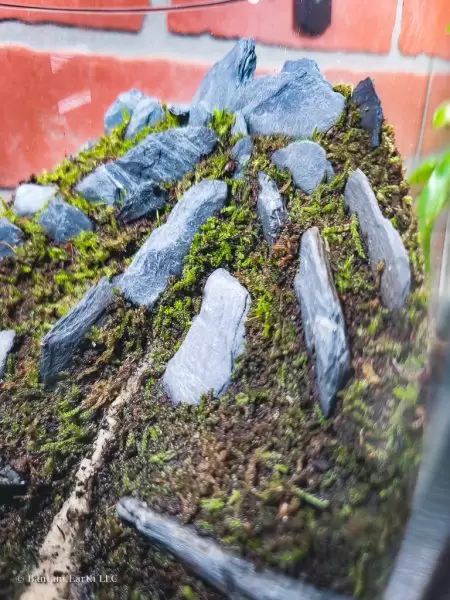

Finding Inspiration For The Moss Terrarium
I decided to reveal this mossarium lasted for a specific reason. It needs time to acclimate. The overall design I have in mind for this enclosure will require time for the moss to grow.
Even though things look good for the time being, the true beauty will only come later down the line once the flora has had time to fill in.


Using nature as a source of inspiration, my goal was to capture a forested mountainscape. Using slate rocks I had laying around the front yard, I tried recreating the mountain peaks.
I literally stockpile sheet moss for no particular reason at all. This moss would make the formation of trees surrounding the cliffside.
There are a number of mosses that would probably work just fine for a project like this, so feel free to experiment with whatever you have available to you.
How To Make A Moss Terrarium
With inspiration in mind, I think we are ready to take a shot at recreating a similar scene for our moss terrarium. As always, I will start with a list of things you will need and walk you through the build... step by step!
Find all the supplies needed to complete this project over at shop.bantam.earth!


Materials:
Steps to building the moss terrarium:




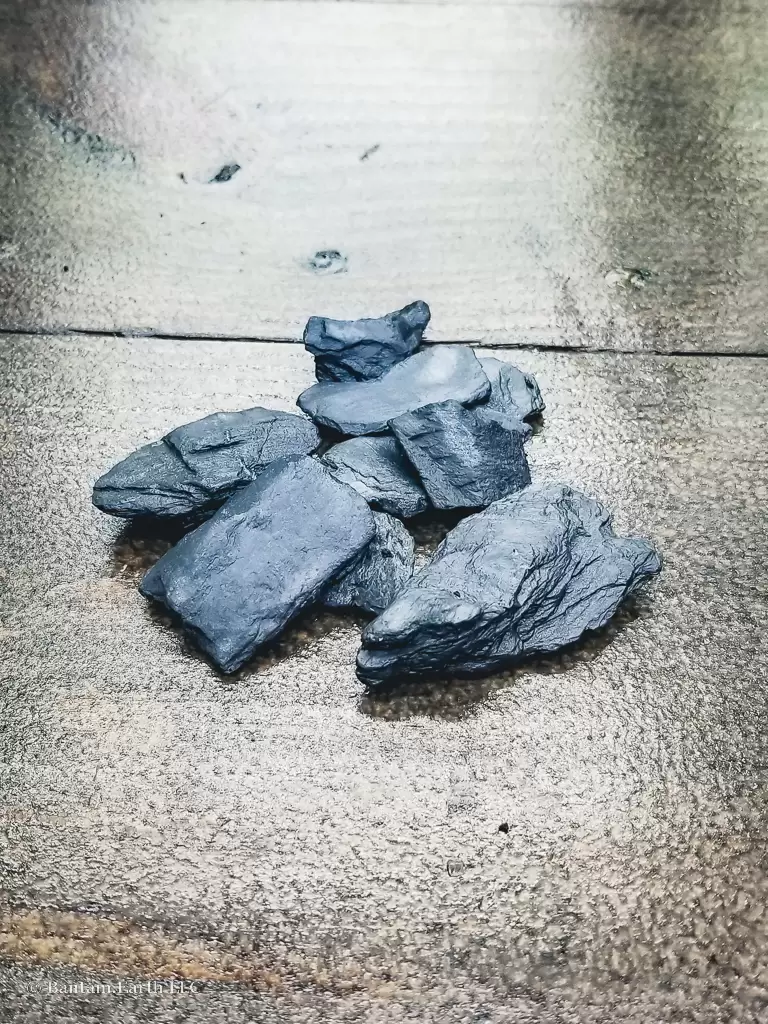



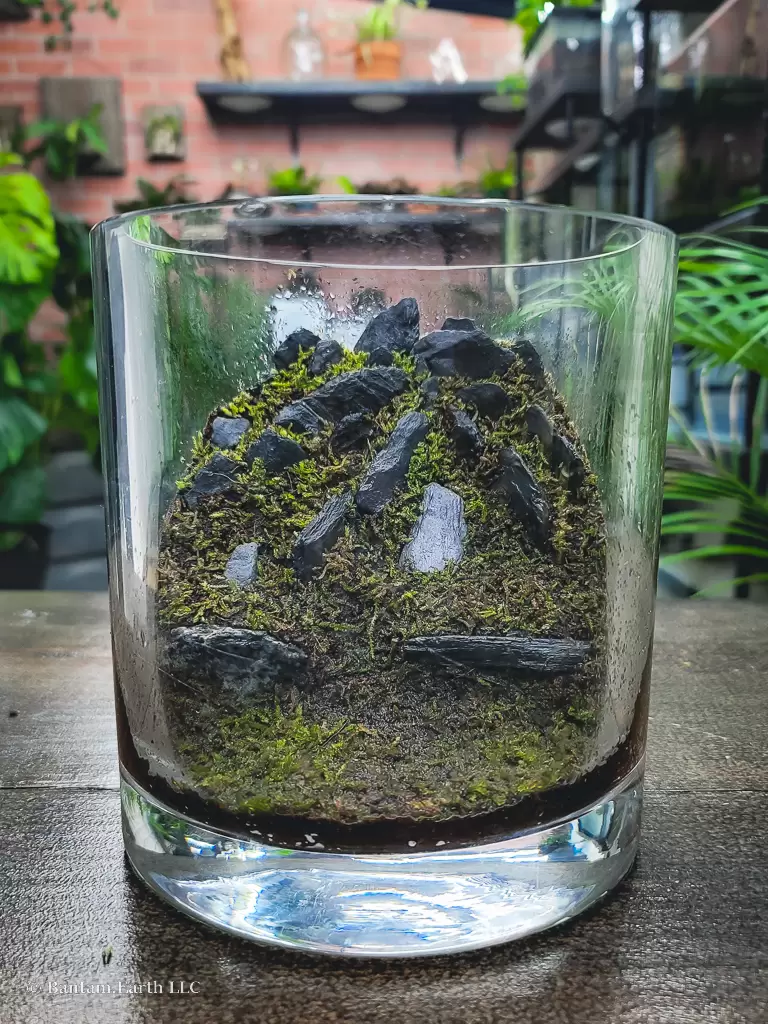



Moss Terrarium Animals
Animals like micro-fauna do wonders in a moss terrarium. Tiny pet isopods and springtails will help keep the environment clean while providing a nice bioactive element to this tank.
You could also opt to add millipedes to set up this size. one or two should thrive in this environment. Anything more significant would not be recommended.
Moss Terrarium Care
When it comes to caring for a moss terrarium like this, little to no maintenance is really required. Just keep the enclosure humid at all times and provide plenty of direct artificial light.
I have LED terrarium lighting already set up under the shelf these tanks sit under. They provide about 1000 lumens of daylight-colored temperatures about 7 hours a day.
Another pro tip for maintaining humidity for an open-top moss terrarium such as this one would be to cover the vase with saran wrap at all times.
I leave mine covered with about half an inch of opening in the front to allow fresh airflow. This is usually common practice for me when setting up new enclosures and really aids in helping the fresh-cut moss reestablish itself.
Final Thoughts
I will update this moss terrarium in a few weeks to show you guys how it has grown. Hopefully, it better showcases the look I was aiming for with this setup when I first set out to build it.
What do you guys think of this mini mossarium series I attempted to do in an effort to display common ways mossariums are made?
